Understanding Blow Molding Machines
The manufacturing industry is continually evolving, and blow molding machines are at the forefront of modern production techniques. These machines are vital for creating hollow plastic products, ranging from bottles to automotive components. As businesses seek to optimize production efficiency and offer quality products to consumers, understanding the nuances of blow molding machines becomes essential. A reputable Blow Molding Machine Supplier can make a significant difference in not just the quality of the products but also in the overall manufacturing process.
What Is Blow Molding?
Blow molding is a manufacturing process used to produce hollow plastic parts through the use of air pressure. This technique involves heating and melting thermoplastic materials, forming them into a parison (a tube-like section of plastic), and then inserting the parison into a mold where air is blown in, expanding the plastic into the shape of the mold. This method is notable for its efficiency in creating complex geometries in a single step, making it a favored choice in various industries.
Types of Blow Molding Machines
There are three primary types of blow molding machines: extrusion blow molding, injection blow molding, and stretch blow molding. Each type of machine uses different processes and is suited for specific applications.
1. Extrusion Blow Molding (EBM)
This method involves extruding a hot parison vertically downwards into a mold. After the product is formed, air is blown into the parison creating the desired shape. It is ideal for producing large quantities of products like bottles, containers, and toys.
2. Injection Blow Molding (IBM)
IBM combines injection molding and blow molding, where a preform is created through injection molding, then transferred to a blow molding station. This method is particularly effective for creating precise and complex shapes with high clarity and strength.
3. Stretch Blow Molding (SBM)
Stretch blow molding is a variant of IBM that involves stretching the preform during the blow molding phase, resulting in enhanced strength and rigidity of the final product. This technique is commonly used for PET bottles, providing excellent barrier properties.
Key Applications and Industries
Blow molding machines serve a multitude of industries by producing an array of products:
- Packaging: Bottles, jars, and containers for beverages, oils, and chemicals.
- Automotive: Parts such as fuel tanks, bumpers, and interior components.
- Consumer Goods: Toys, household items, and medical devices.
- Industrial Applications: Components for air conditioning units, and plumbing fixtures.
Choosing the Right Blow Molding Machine Supplier
Selecting the right supplier is crucial for ensuring the success of blow molding operations. A suitable supplier not only provides quality machinery but also collaborates on innovations and improvements.
Evaluating Supplier Experience and Expertise
One of the primary factors to consider when choosing a blow molding machine supplier is their industry experience and technical expertise. A well-established supplier with a strong history can provide insights into market trends, technology advancements, and best practices. Moreover, investing in a supplier with proven machinery and a comprehensive understanding of blow molding technologies can help streamline your production processes and minimize downtime.
Assessing Customer Support and Service
Effective customer support is critical in the blow molding industry, as machine performance and reliability are paramount. It is essential to inquire about the following aspects:
- Training: Does the supplier offer training programs for machine operation and maintenance?
- Technical Support: Is there access to technical support during and after installation?
- Spare Parts Availability: How quickly can a supplier dispatch spare parts in case of malfunction?
Comparing Technologies and Innovations
The blow molding sector is ripe with innovations aimed at enhancing efficiency, energy savings, and product quality. Investigate potential suppliers’ investments in R&D, machine upgrades, and eco-friendly technologies. Suppliers who focus on advancing their machinery with cutting-edge technology can significantly impact the productivity and sustainability of your manufacturing process.
Factors Affecting Blow Molding Costs
Understanding costs associated with blow molding is vital for budgeting and financial planning. Here are several key factors that can influence the expenses involved:
Manufacturing Process Costs
The blow molding process itself entails various costs, including material costs, machine operating costs, and labor. For example, raw material costs can fluctuate based on market demand and type of resin utilized. Additionally, machinery such as energy-efficient models may cost more upfront but can offset costs with lower operational expenses.
Maintenance and Operation Expenses
Regular maintenance is vital for preserving the longevity and efficiency of blow molding machines. Maintenance costs include routine inspections, parts replacements, and energy costs. A supplier that offers extended warranties or maintenance contracts can also enhance your budgeting by providing more predictable expenses.
Long-term Value versus Short-term Investment
While exploring options, it is crucial to assess the long-term value of investing in more advanced blow molding technologies versus cheaper, short-term solutions. Higher upfront costs for advanced equipment can yield significant returns in productivity, quality, and reduced waste over time, ultimately impacting your bottom line positively.
Best Practices for Optimizing Blow Molding Operations
To enhance performance and efficiency in blow molding processes, consider these best practices:
Maintaining Equipment Efficiency
Regular maintenance is not just beneficial but essential. Establish a routine maintenance schedule that includes cleaning, checking for wear and tear, and recalibrating equipment to ensure optimal performance. Additionally, employing preventative maintenance strategies can help identify potential issues before they lead to costly downtimes.
Implementing Quality Control Measures
Quality control is vital for maintaining the integrity of blow molded products. Implement a rigorous quality assurance process that includes sampling products and utilizing testing methods to verify material strength, dimensions, and surface finish. Employing technology such as in-line inspection systems can help monitor production consistently.
Training Your Workforce Effectively
A skilled workforce is crucial for optimal operations. Invest in comprehensive training for all personnel involved in the blow molding process. Regular training not only improves efficiency but also cultivates a culture of safety and quality within the production environment.
Future Trends in Blow Molding Technology
The blowing molding industry is continuously evolving, Focusing on futuristic trends can significantly benefit businesses seeking competitive advantages.
Advancements in Automation and Digitalization
As industries embrace Industry 4.0, blow molding technology is integrating advanced automation systems. Automated processes can reduce the need for manual intervention, thus minimizing human error and increasing throughput. Implementing IoT (Internet of Things) technology can enhance machine communication and enable real-time monitoring and data analytics, leading to improved operational efficiencies.
Sustainability in Blow Molding Practices
With environmental concerns becoming increasingly paramount, sustainable practices in blow molding are gaining traction. This includes using recycled materials, optimizing energy consumption in the manufacturing process, and reducing plastic waste. By using eco-friendly materials and processes, manufacturers can appeal to eco-conscious customers while also complying with regulatory standards aimed at reducing environmental impacts.
Emerging Materials and Techniques
Innovation in materials science is revolutionizing the blow molding industry. New materials such as bio-resins and bioplastics are becoming popular alternatives, as they offer similar performance capabilities with reduced environmental footprints. Furthermore, advancements in processing techniques, like multi-layer blow molding, are enabling the production of products with enhanced barrier properties and functionalities.
In conclusion, understanding blow molding machines and their applications can significantly elevate manufacturing capabilities. By choosing the right blow molding machine supplier, assessing key operational costs, optimizing production processes, and keeping abreast of future trends, businesses can enhance both efficiency and product quality in their production lines. The right strategies and partnerships can ultimately lead to sustainable growth and success in the world of blow molding.
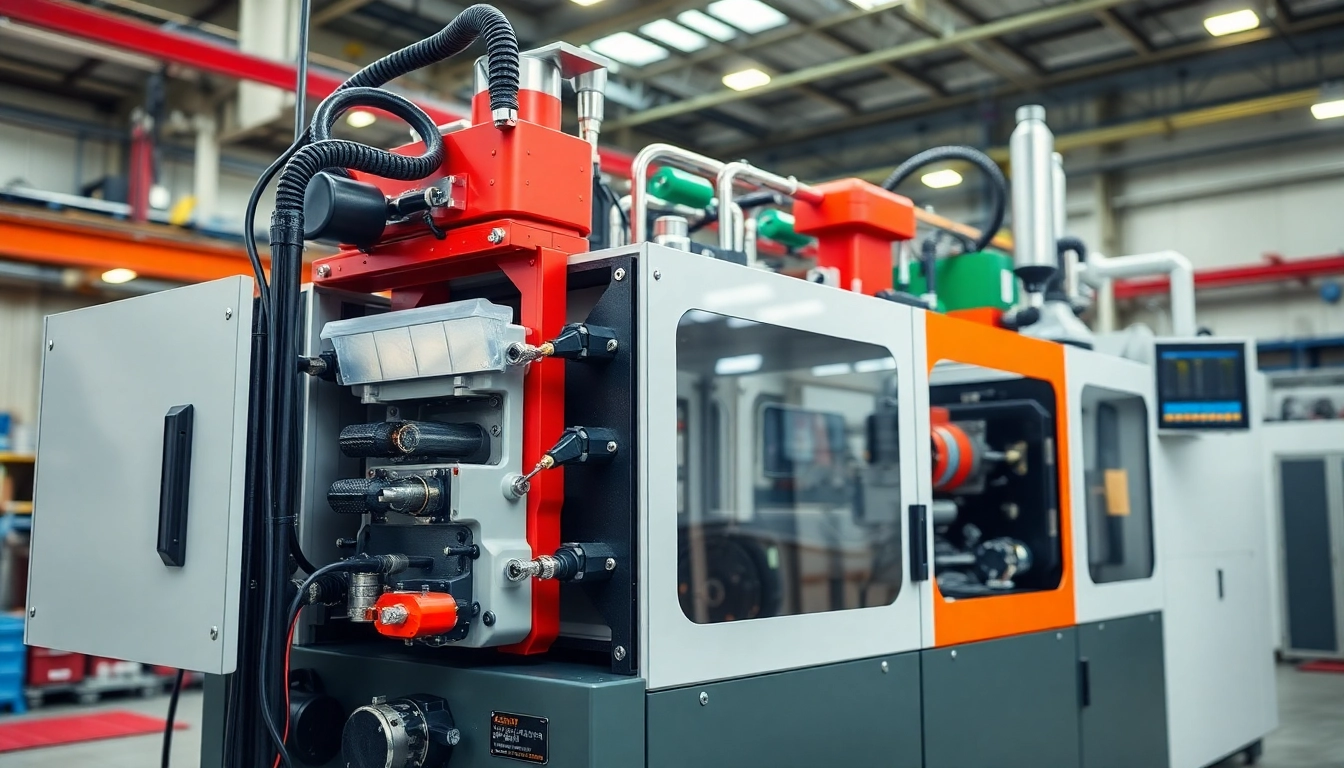

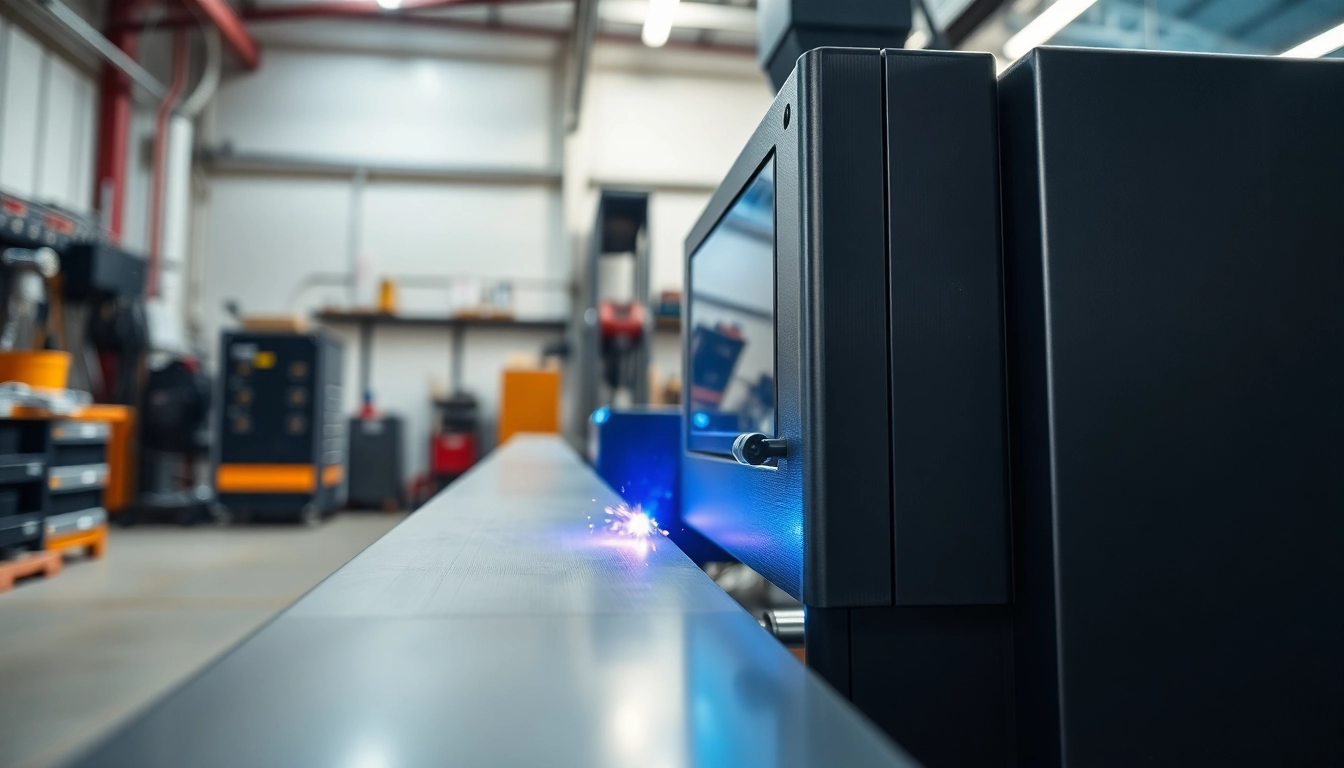


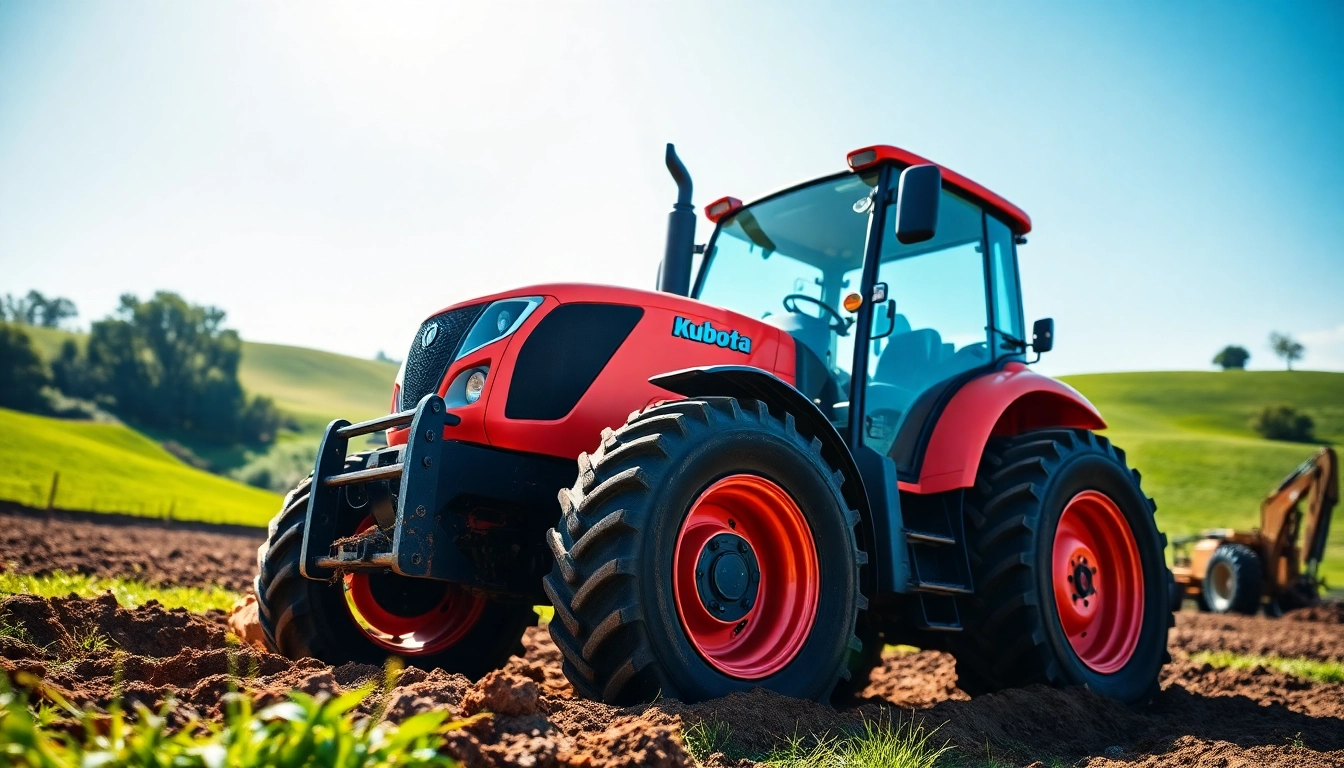

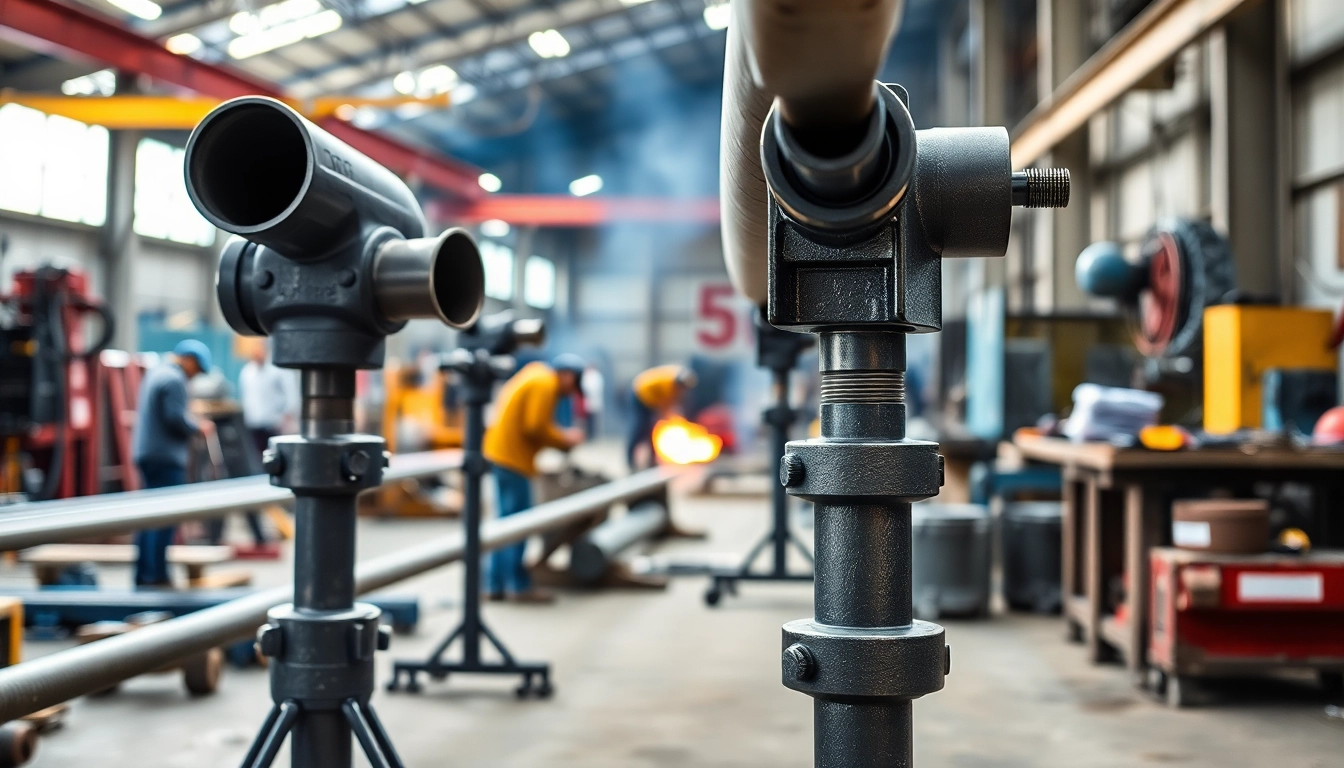


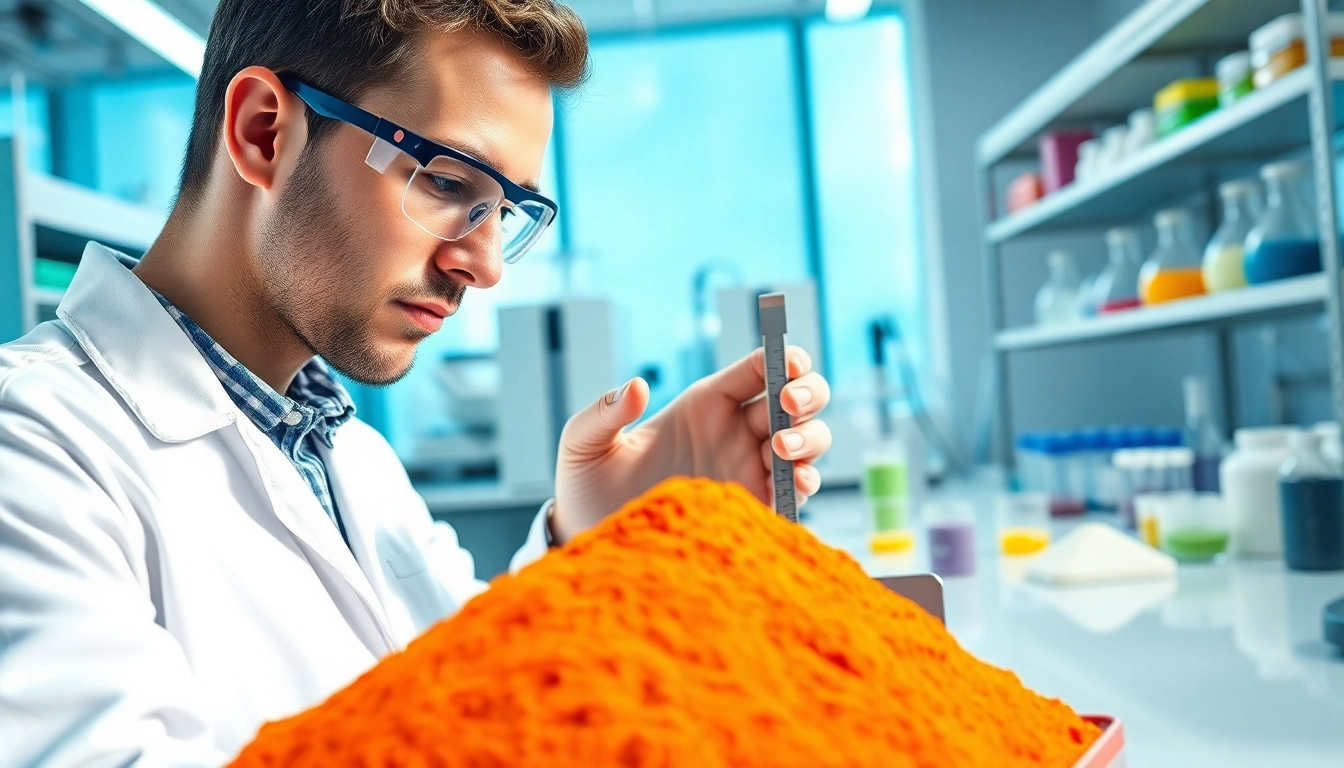




Leave a Reply